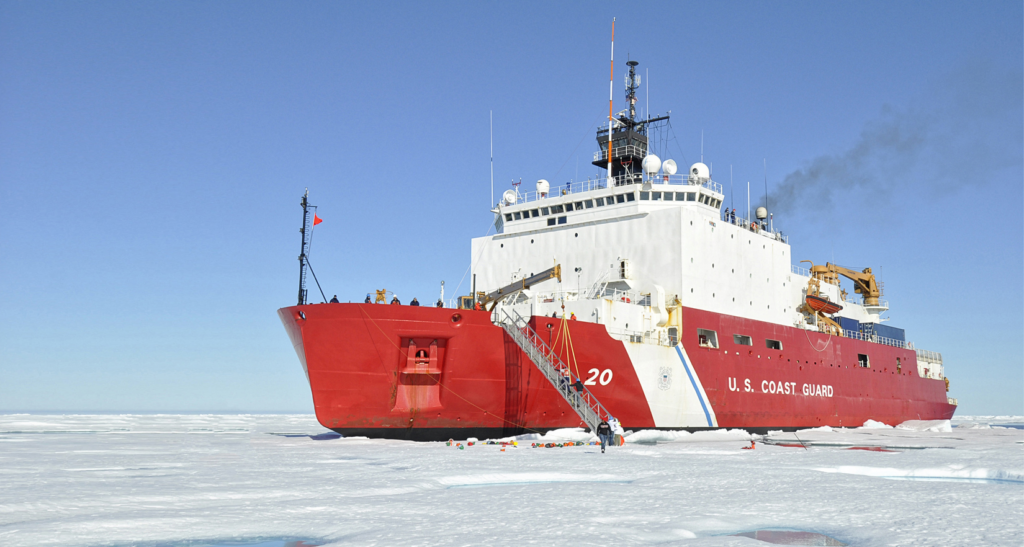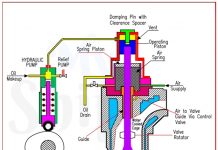
The Polar Code divides ships into three categories: Category A, B or C.
Category A
Category A ship means a ship designed for the operation in the polar waters in at least medium first year ice, which may include old ice inclusions. This corresponds to the vessels built to the IACS Polar ice classes PC1 to PC5.
| ICE CLASS | OPERATING CAPABILITY |
| PC1 | Year-round operation in all polar waters |
| PC2 | Year-round operation in moderate multi-year ice |
| PC3 | Year-round operation in second-year ice, which may include multi-year inclusions |
| PC4 | Year-round operation in thick first-year ice, which may include old ice inclusions |
| PC5 | Year-round operation in medium first-year ice, which may include old ice inclusions |
Category B
Category B ship means a ship not included in the Category A, designed for operation in the polar waters in at least thin first-year ice, which may include old ice inclusions. This corresponds to the vessels built to the IACS Polar ice classes PC6 & PC7.
| ICE CLASS | OPERATING CAPABILITY |
| PC6 | Summer/autumn operation in medium first-year ice, which may include old ice inclusions |
| PC7 | Summer/autumn operation in thin first-year ice, which may include old ice inclusions |
Category C
Category C ship means a ship designed to operate in the open water or in ice conditions less severe than those included in the categories A & B. This corresponds to the ships of any Baltic ice class or with no ice strengthening at all.
| ICE CLASS | OPERATING CAPABILITY |
| A, B, C, D, E | From no ice strengthening to first-year ice to 1.0 m |
Vessels with other ice class notations must be analyzed on a case-by-case basis to decide their equivalent polar ship category.
The Polar Code is a functional & goal based code. It complies to the ships differently, depending on how a ship is constructed & how it will be operated in the polar waters.
Low air temperature adversely affects human & equipment performance, survival time & material properties. The Polar Code divides ships into 2 categories with respect to the air temperature: those intended to ply in low air temperature, & those which are not.




